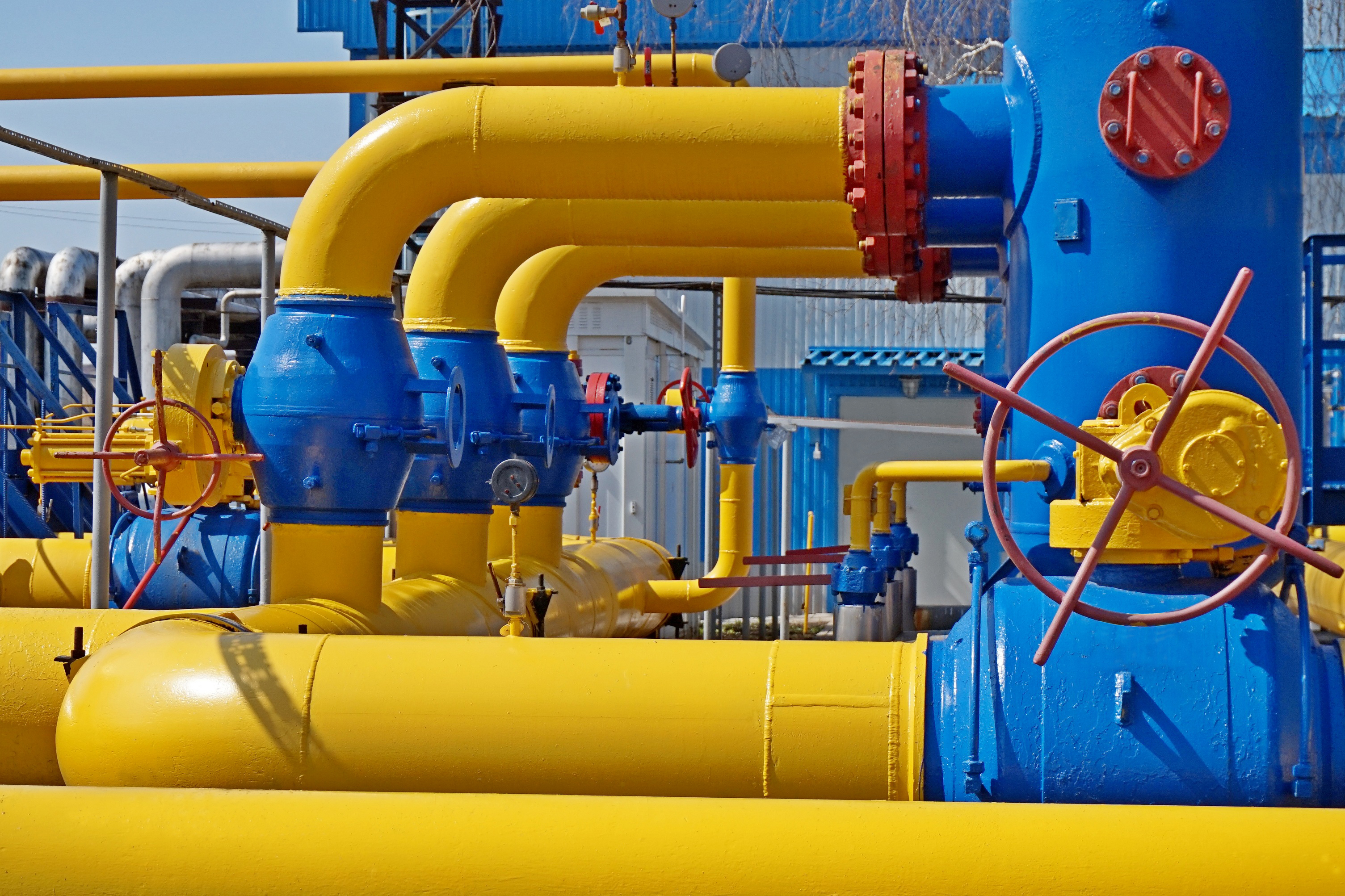Too often an alarm is an afterthought – its existence driven by the realisation that somewhere in a process there is something that can go horribly wrong. As more points of possible failure come to light extra alarms are added. The system grows ‘like Topsy’. Soon the point is reached where the volume of alarms that may be generated in adverse conditions is itself a cause of failures – due to control room operator overload, known to be a frequent factor in industrial disasters.
If you want to stay out of this high risk area of the industrial landscape you need guidance across many topics: prioritisation, acceptable operator load, abnormal operation, speed of response, automation, alarm suppression, human factors, configuration and evolution to name just a few.
EEMUA 191, "Alarm systems: a guide to design, management and procurement", is the globally accepted industry proven guide to good practice. It contains comprehensive guidance on designing, managing and procuring an effective alarm system. The most recent edition (Ed 3), endorsed by the British Health and Safety Executive (HSE) as ‘sensible, proportionate, reasonable and balanced advice’, also incorporates guidance on implementing the alarm management philosophy in practice; applications in geographically distributed processes; and performance metrics and KPIs.
To get a flavour of the content in EEMUA 191 download this free “checklist for an alarm management philosophy document”; the document being a high level site or business group standard the intention of which should be to provide the framework for a consistent approach to the specification, design and management of all site alarms irrespective of their origin of design.
The Alarm Systems Management training course supported by EEMUA provides an introduction on how the HSE expects alarm systems to be managed. The two remaining courses in 2016 are being held in Stockport (16 November) and London (30 November).





